A film about – and above all with – David Lynch is showing in cinemas. In it, the cult director talks first and foremost about himself, and is revealed to be a magnificent storyteller.
“I think every time you do something like a painting, or whatever, you go with ideas. And sometimes the past can conjure up those ideas and color those ideas. Even if they’re new ideas, the past colors them,” David Lynch murmurs profoundly, smoking as he talks into the condenser microphone at the very beginning of the film. The blue haze of a cigarette butt will color almost every scene of the documentary “David Lynch –The Art Life”. Lynch smoking in his armchair, smoking as he works on his half-sculpture, half-painting artworks in his studio, smoking in his car; he is always presented casually while he – and only he – tells his story.
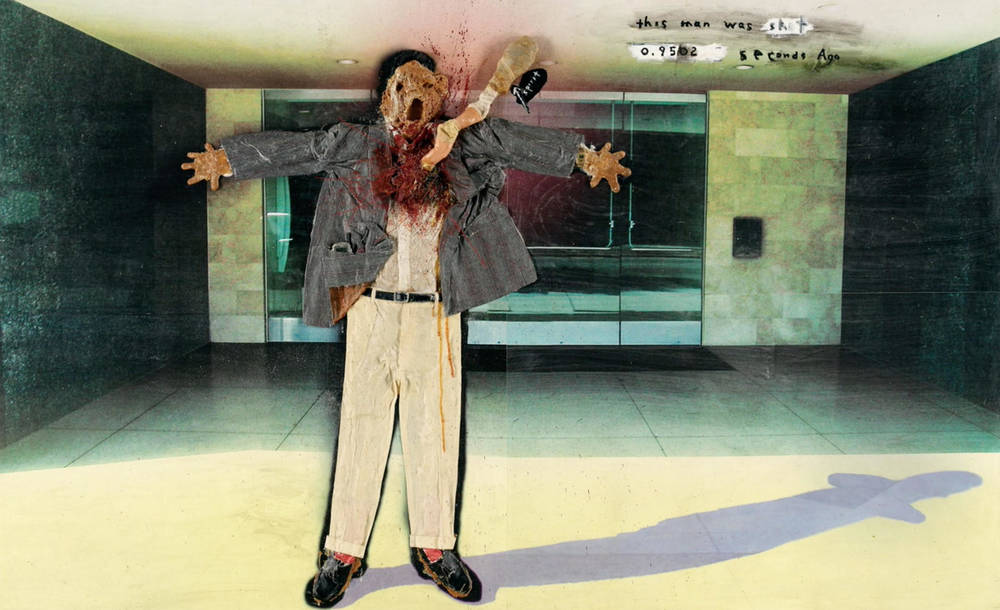
The directing trio of Jon Nguyen, Rick Barnes, and Olivia Neergaard-Holm remain firmly in the background, offering the cult director, who wrote film and television history with his disturbing, nightmarish works like “Mulholland Drive”, “Lost Highway”, “Blue Velvet” and “Twin Peaks” and who has also always worked as a fine artist, practically a blank canvas, which he fills with anecdotes and biographical details. It’s clear here that this master of film cultivates his own myth; any critical distance in the form of a commentator or contemporary witnesses is entirely lacking. Yet that does not detract from the quality of the film, since instead of vile hero-worship, it offers – entirely in line with its “subject” – a Lynchian view of creativity in general and the world of this exceptional artist in particular.
Family idyll and surreal chasms
The whole thing is also immensely entertaining, since Lynch quickly proves to be a magnificent storyteller. From his childhood in the American idyll of small-town Montana to his youth in Virginia and his first forays into art in Boston, he ultimately makes the link to his first films in Philadelphia. The explanations are illustrated with shots of Lynch at work in his Hollywood studio, as well as old family videos and photos. An interesting line is spun between the surrealist worlds of his films and art, on the one hand, and his almost childlike curiosity, his adoration of his loving parents and his evident affection for his youngest daughter Lula, who occasionally waddles into view in the studio, on the other.
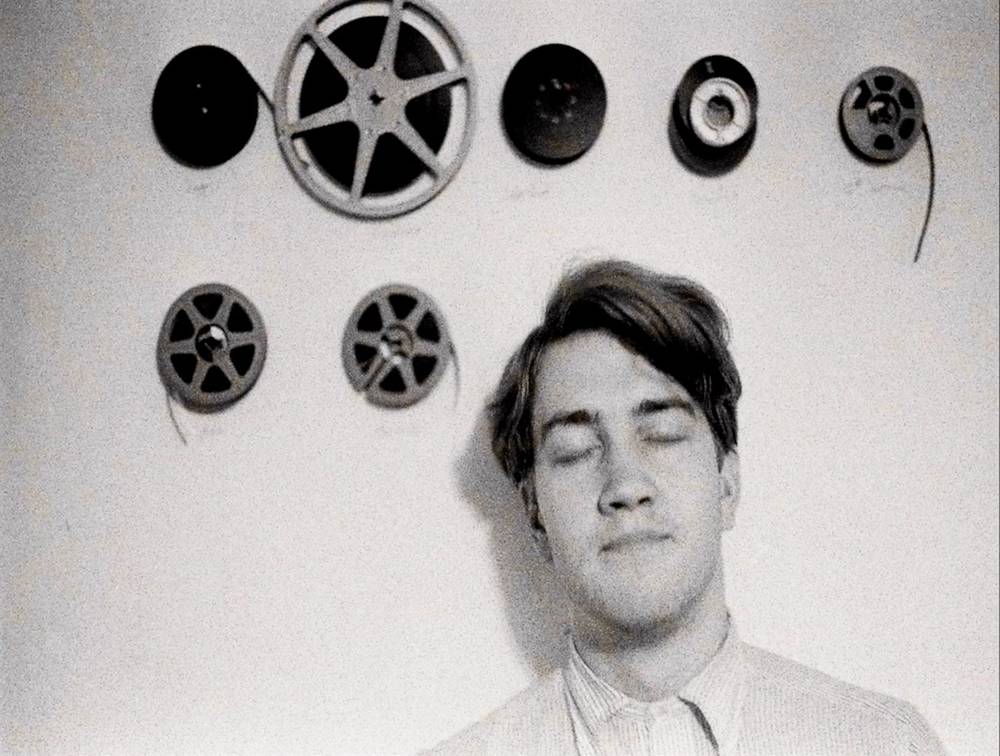
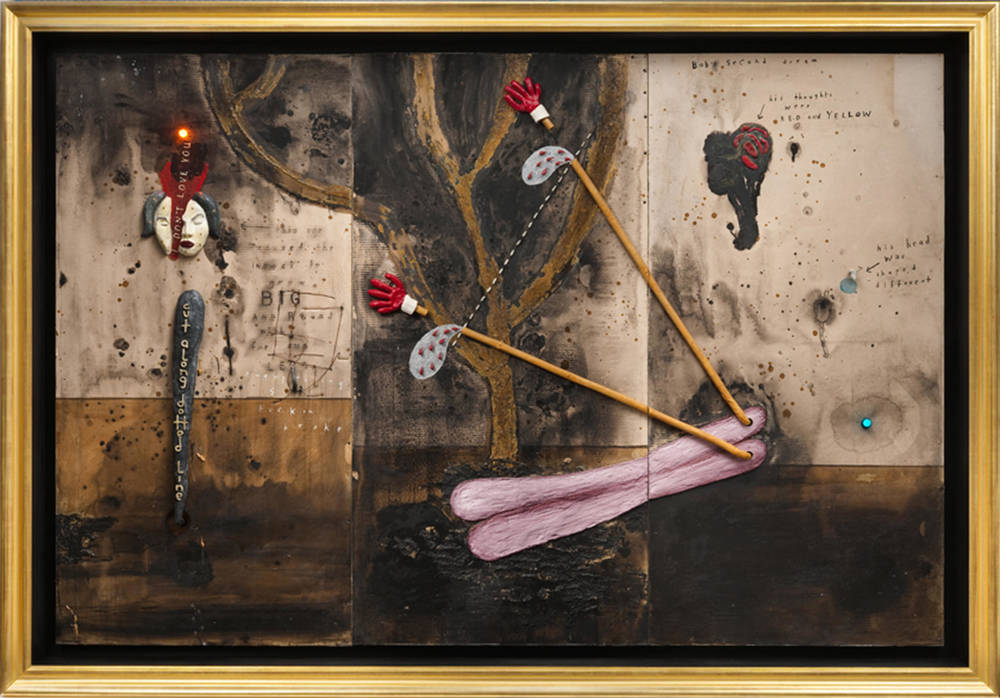
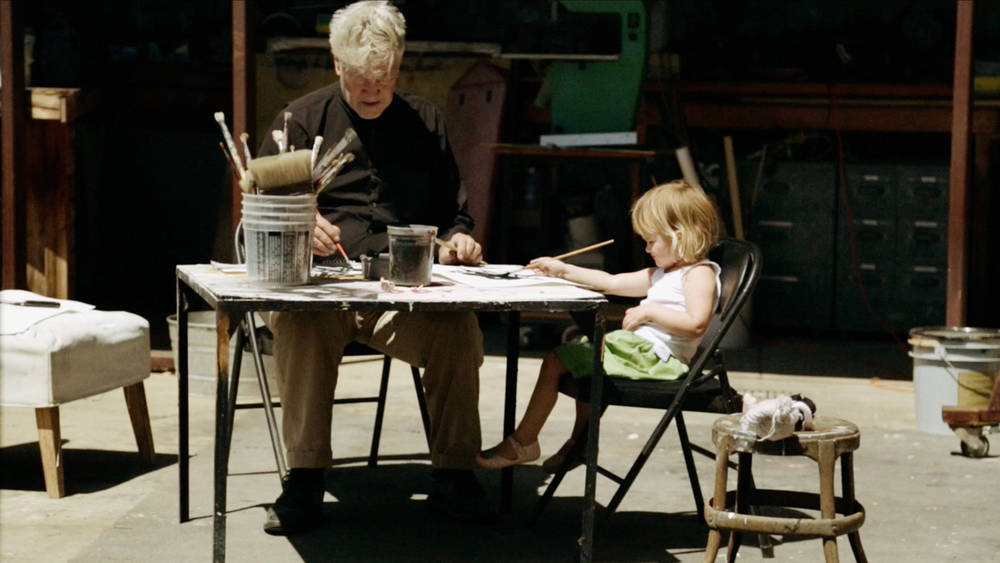
What emerges, bit by bit, is the portrait of a man whose fascination for the unfathomable and the other-worldly finds expression in various creative activities. The world of insects, and his father sparked his interest in it, inspired him just as much as certain strange events that Lynch, the master of the mysterious, discloses in anecdotes that are not explained any further. For example the encounter with a woman who stinks of urine, or with a madman who can do nothing more than yell “I am a chicken”. Even more impressive are the stories told through the skillful montage of eerily beautiful artworks and gloomily swirling music.
The man and the darkness
“Inspiration lurks everywhere” appears to hang over the scenes, quite concretely when we realize the picturesque small town of his childhood, with its perfectly manicured lawns, could easily be the location of “Blue Velvet”. Or when a damaged roll of film serves as inspiration for his feature film debut “Eraserhead”, which has long since become a classic. “David Lynch –The Art Life” offers an albeit stylized, but nevertheless intimate insight into the life and work of the enfant terrible, all the while without focusing in more detail on his films. And it does so regardless of the fact that much of this may be part of the myth-making and is charged with meaning. After all, you leave the cinema with the feeling of understanding this man somewhat better – a man who reaches out into the dark in order to know himself.
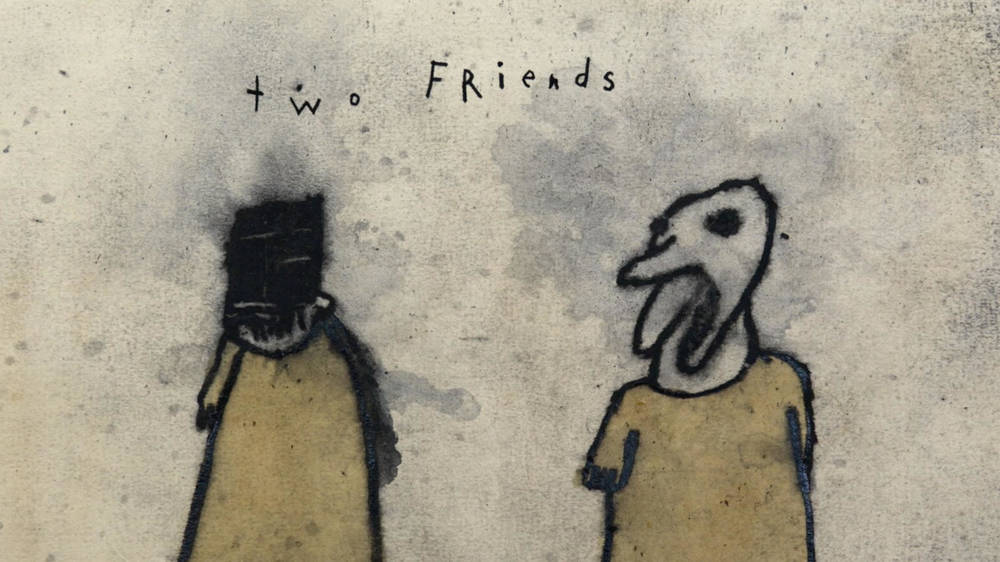


At the mercy of waiting
Artist Bani Abidi is dedicated to the dark absurdities of everyday life. In her video work "The Distance from Here" bureaucracy takes over and waiting...
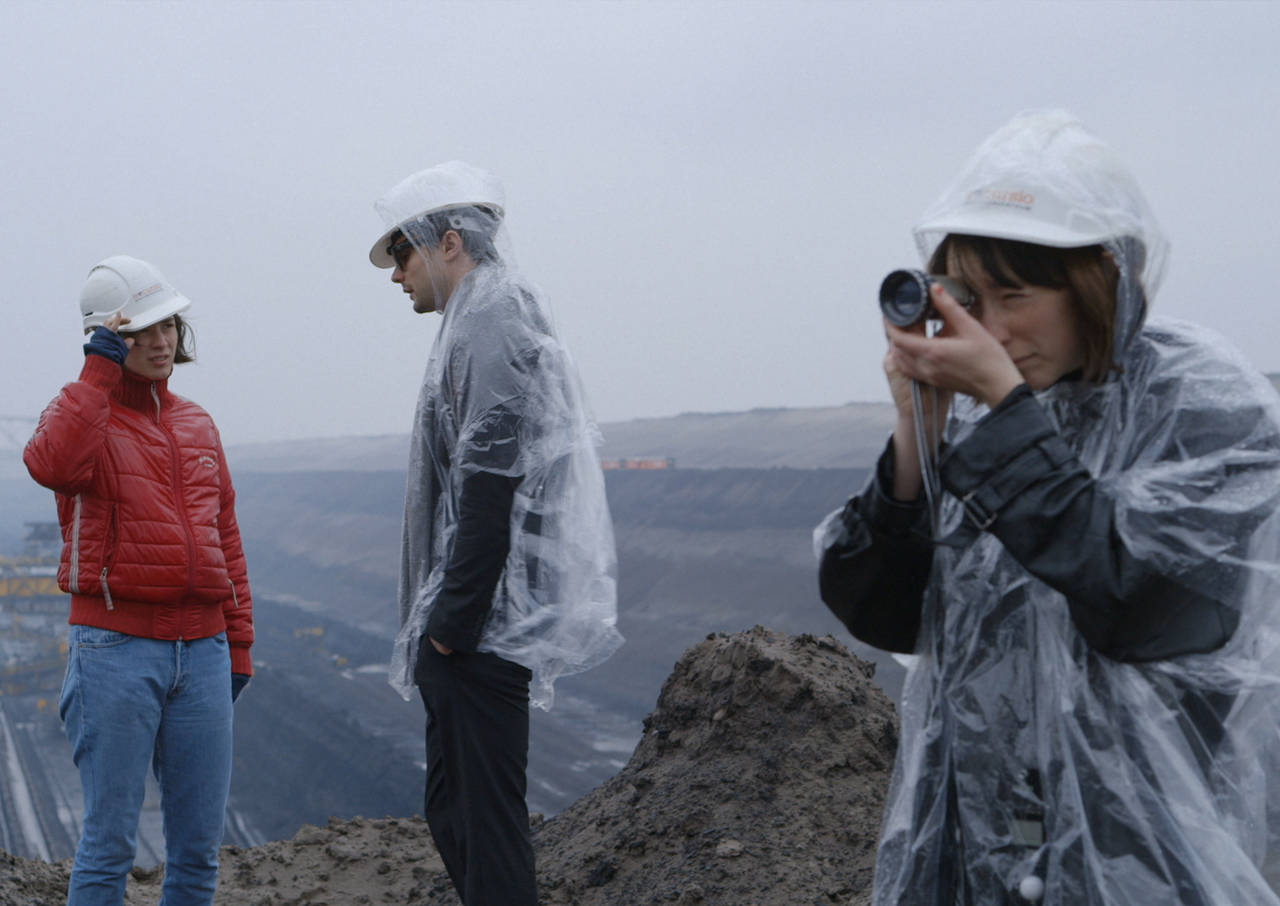
“Please don’t make a film about Godard!”
A film about filmmaking sounds a bit meta. But Kristina Kilian’s video work takes us on a ghostly journey through Godard’s Germany after the fall of...
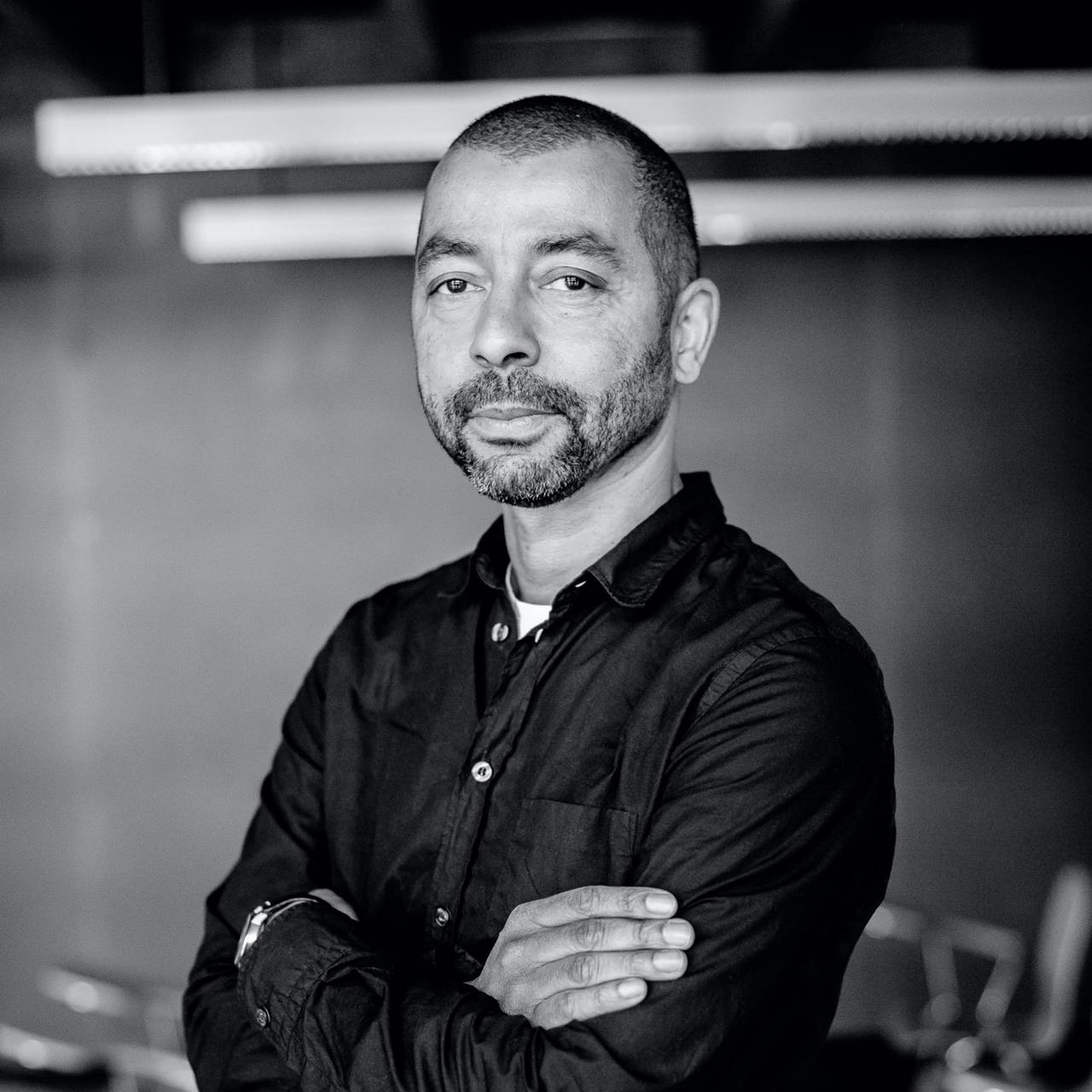
Black is not a Color
In a film series, Oliver Hardt combines the themes from Kara Walker’s work with the perspectives of Black people in Germany. In conversation with...
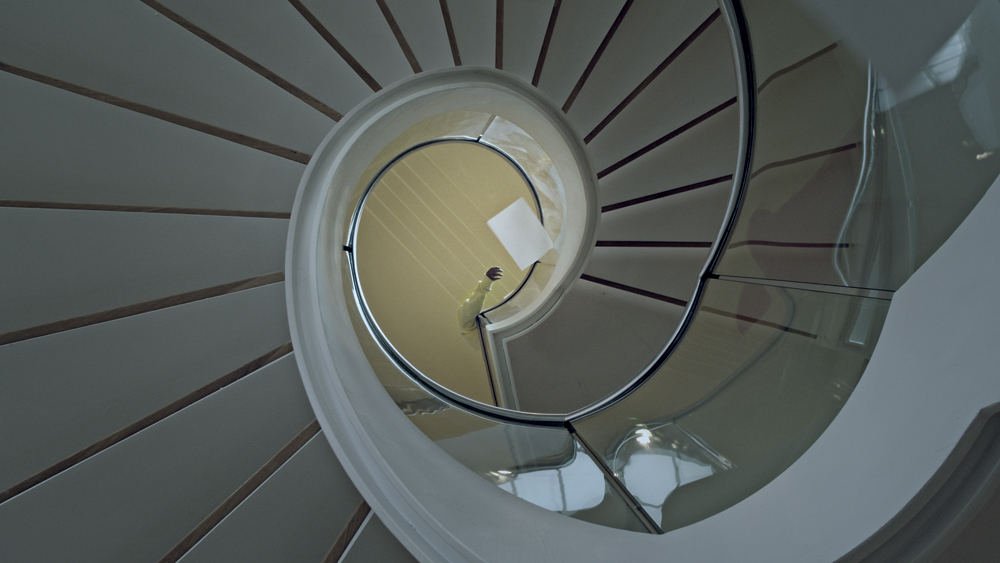
How do we Remember?
In which places does history become visible? And what do we remember at all? Maya Schweizer begins her search for clues in the sewers and slowly feels...

Film highlights from South and North America
How can we break with the power relations of the past and create a decolonial future? A look at the representation of Indigenous women in film.
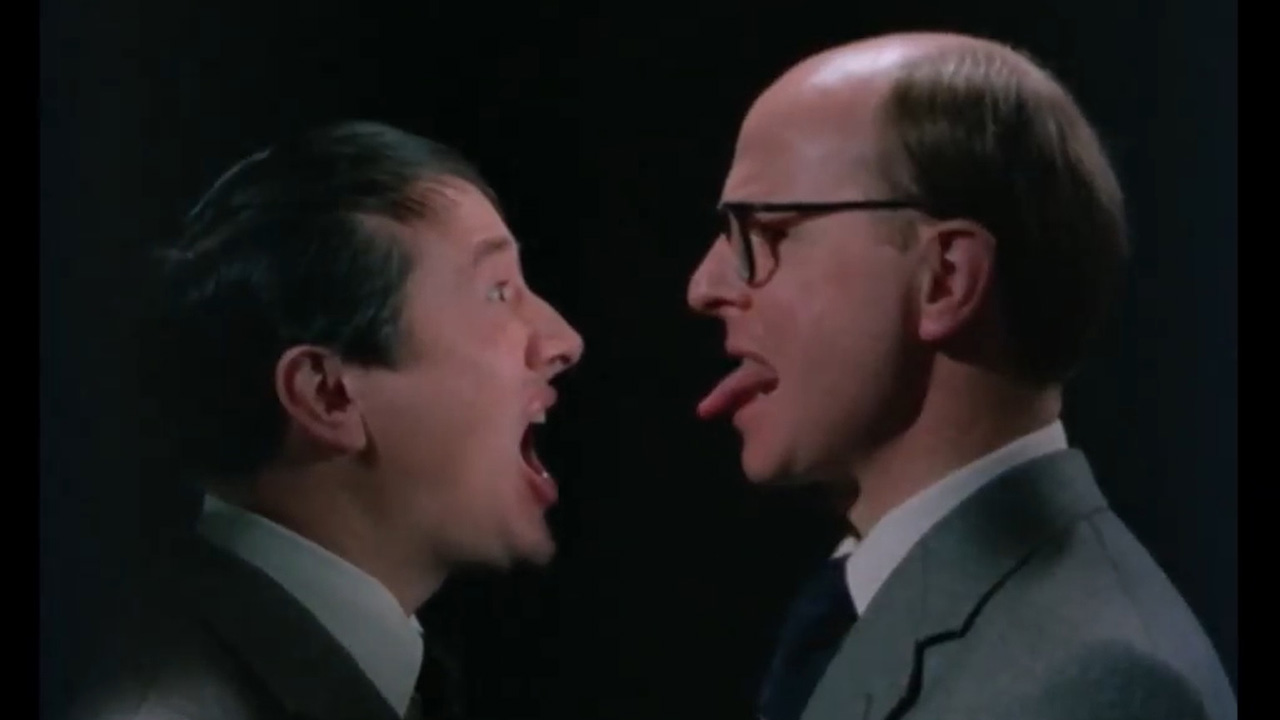
Must See: The World of Gilbert & George
Eccentric, fascinating, repulsive, entertaining and full of symbols: “The World of Gilbert & George” is a collage about the artifice of everyday life...
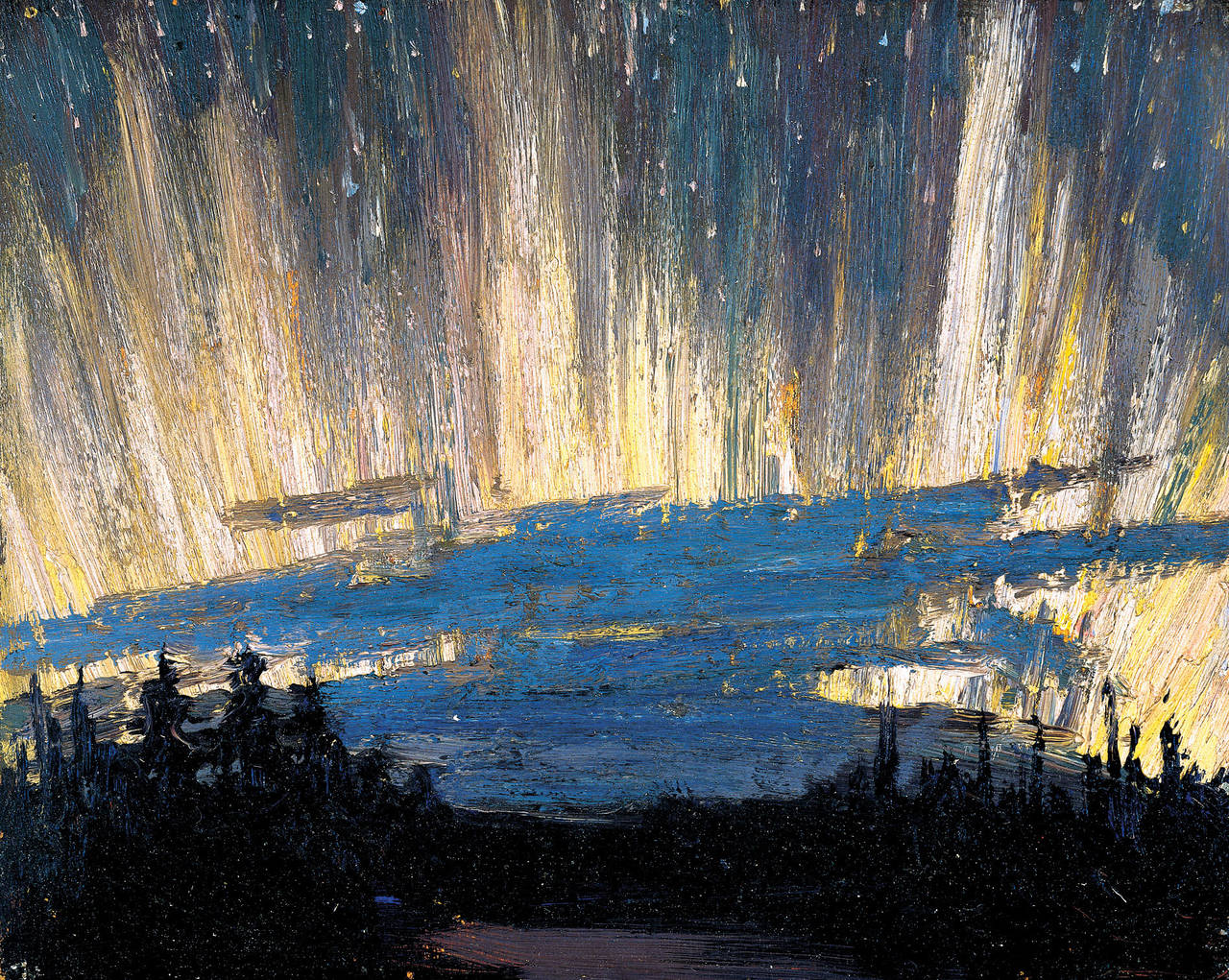
Spring is coming, and so is Magnetic North
For the first time in Germany, principal works from Canada’s major collections are on view at the SCHIRN. At the same time, the exhibition examines...
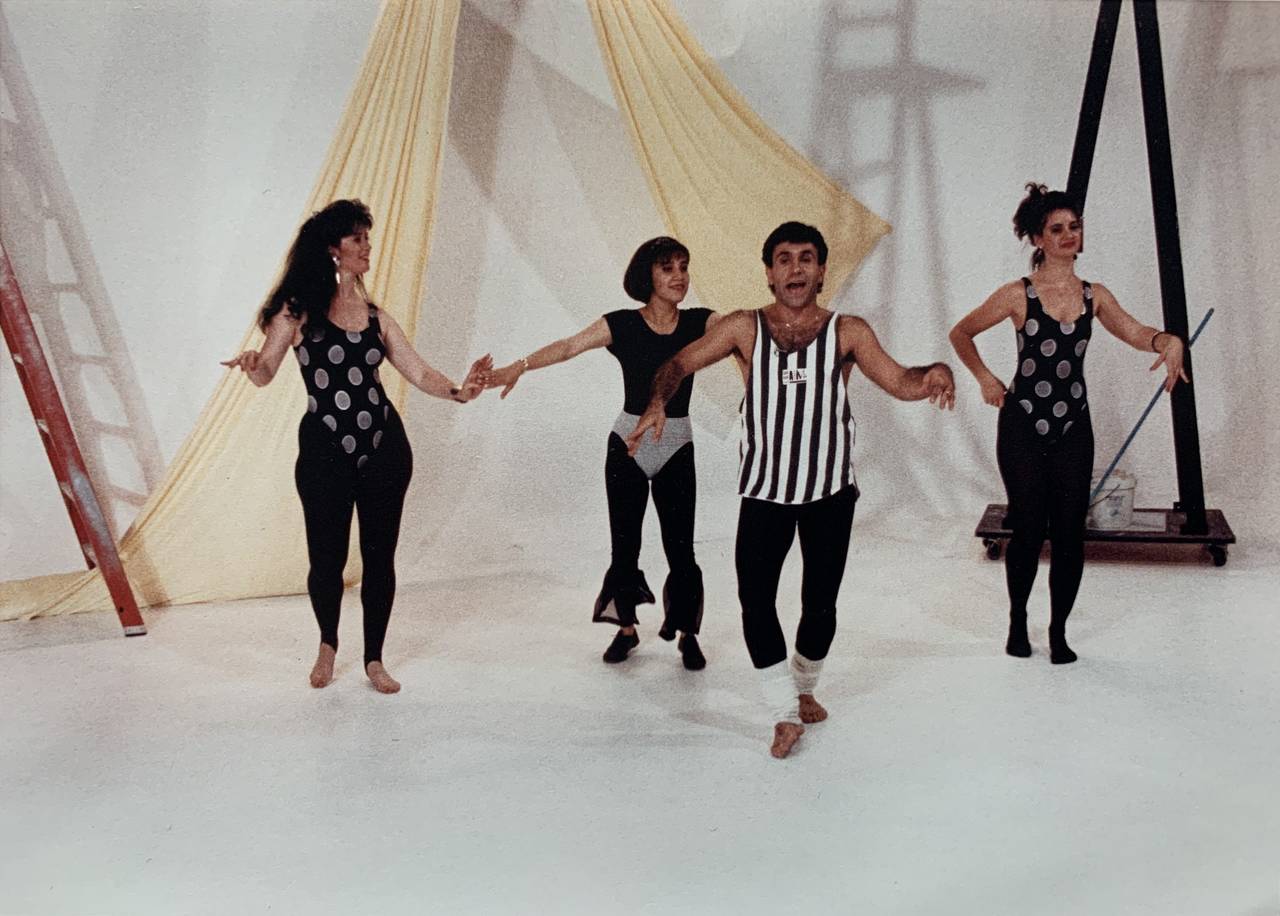
A Revolution in Iranian Dance
After the Iranian Revolution a nationwide dance ban was issued. It was subverted by smuggled video cassettes of dancer-in-exile Mohammad Khordadian,...
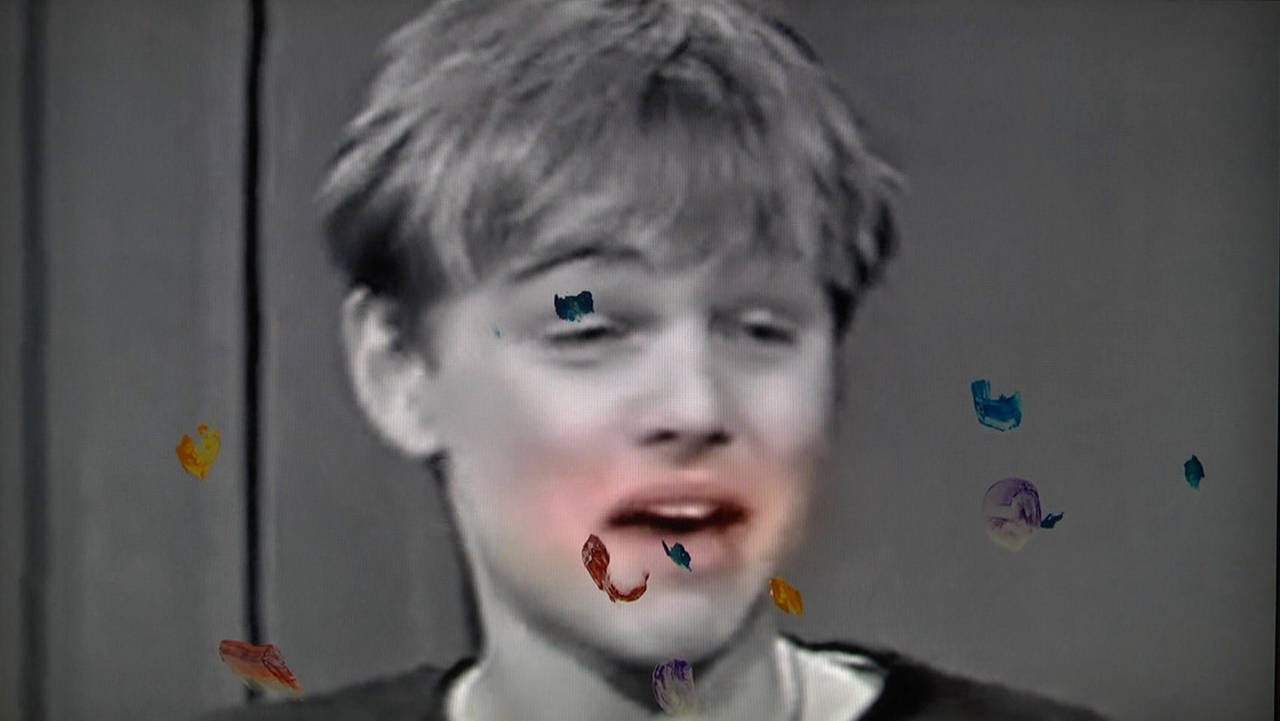
How to perform painting
This is perhaps the best way to describe the work of video artist Angel Vergara: Art history meets pop culture, the artist himself appears as a...
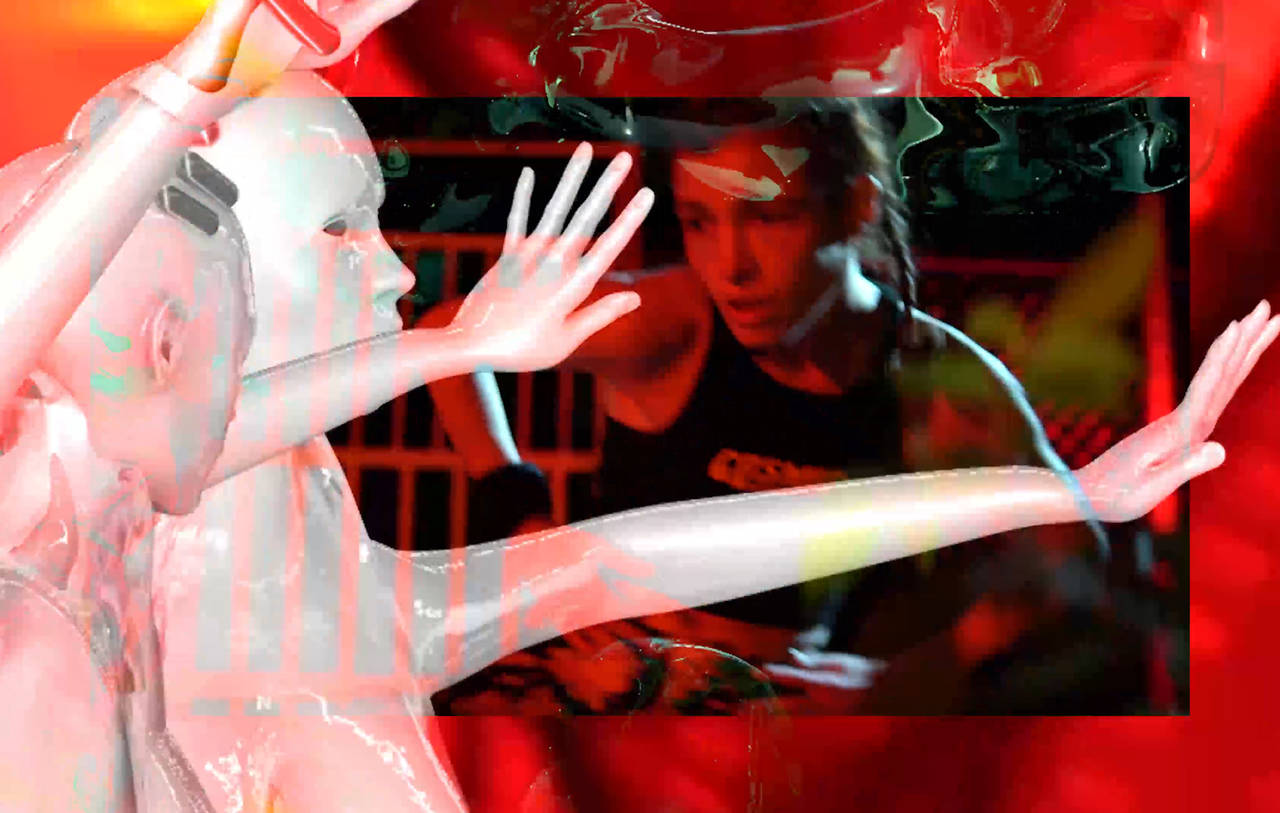
About the resistance of our bodies
Hypnotic dances and hybrid beings in cyberspace: Video artist Johanna Bruckner transforms the human body into digital matter.
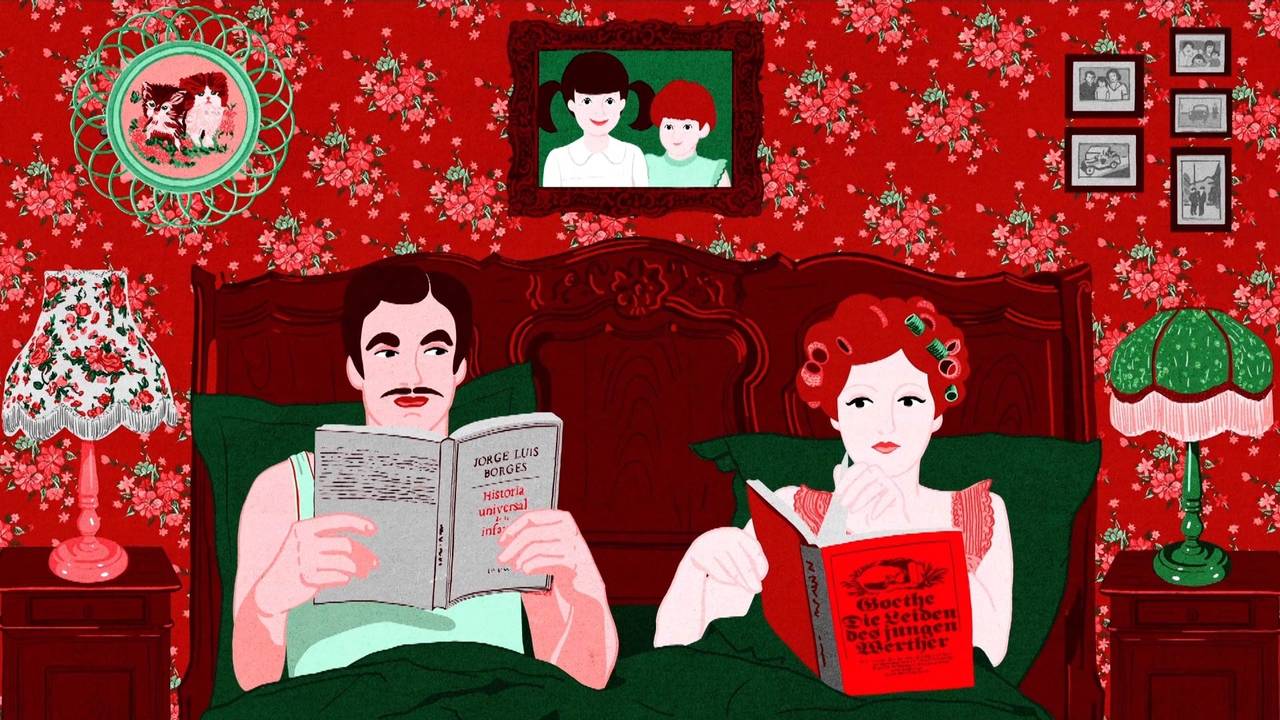
More than a Honeypot
Young, beautiful and dangerous: the prototype of the Bond Girl still shapes the cliché of spies. Author Chloé Aeberhardt on the reality of espionage...
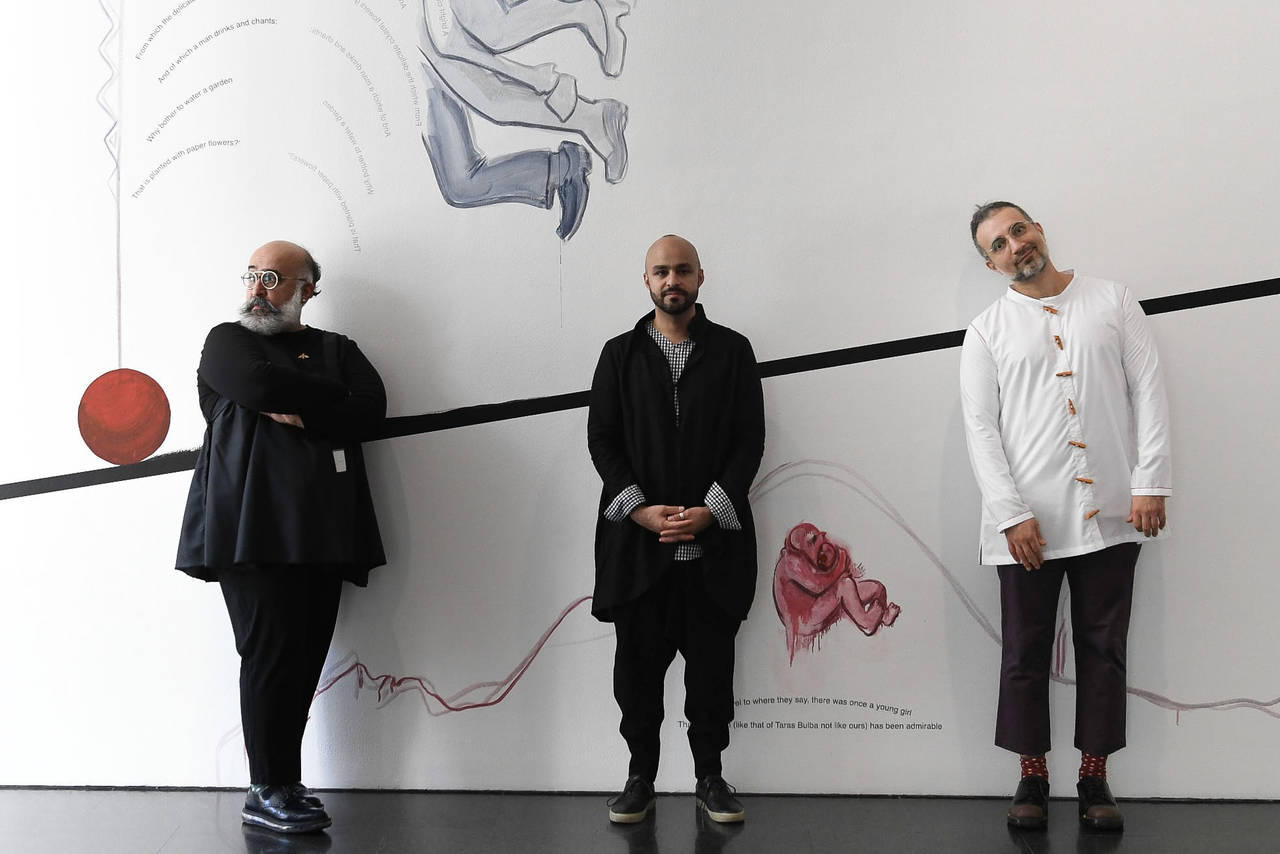
How to create the unexpected
About life in exile, anarchic art, and the “black milk” of the earth: The art historian Media Farzin met her old friends Ramin and Rokni Haerizadeh...